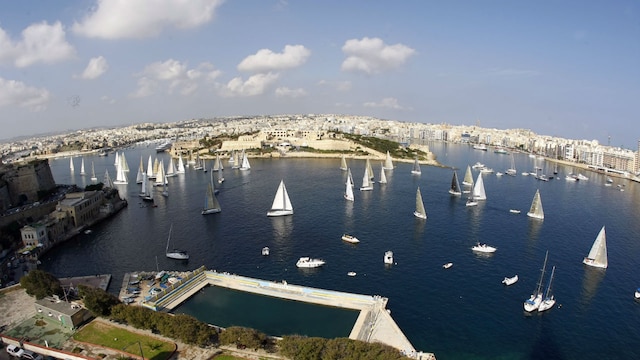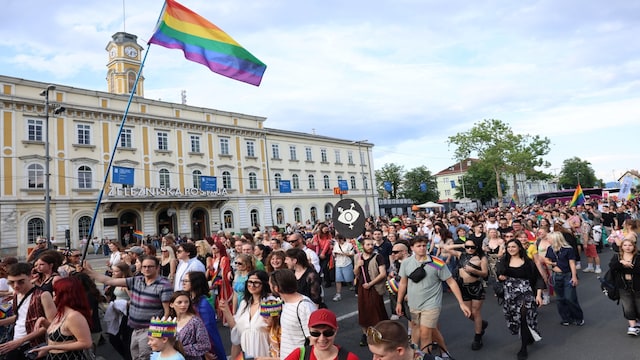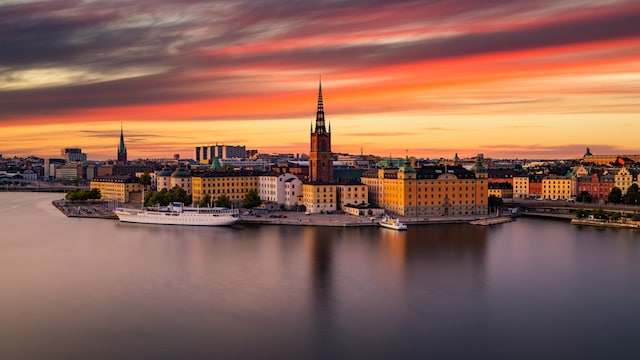
 1 / 11
1 / 11In 2024, various European nations demonstrated exceptionally high visa rejection rates, creating obstacles for aspiring travelers. Generally, global tourists must acquire a Schengen visa to enter European countries, but numerous factors increase the likelihood of visa denial. The destinations below were noted for their stringent visa application processes, registering the highest rejection rates last year. Check them out if you’re considering a visit. (Image: Shutterstock)

 2 / 11
2 / 11No 1. Malta | In 2024, Malta reported one of the highest visa rejection rates among Schengen countries at 36.8%. Applicants from nations such as Algeria, Ghana, and Morocco faced notably high denial rates. Stringent screening procedures and document verification have made it one of the most challenging nations to obtain a visa for visit. (Image: Shutterstock)

 3 / 11
3 / 11No 2. Estonia | Estonia had a visa rejection rate of 27.2%, making it the second most difficult Schengen destination for travelers. Rejections were especially pronounced for applicants from Egypt, the UAE, and India. The visa authorities of the country are known for their meticulous examination of application details and travel intentions.

 4 / 11
4 / 11No 3. Belgium | With a rejection rate of 24.6% for all visa applications, Belgium ranks third in cancellations received in 2024. Applicants from Senegal, Angola, and Nigeria reported high rejection rates. The country’s visa authorities often emphasize financial verification and clear travel purpose.

 5 / 11
5 / 11No 4. Slovenia | Slovenia recorded a 24.5% visa refusal rate, placing it among the top countries with the most stringent entry regulations. Although the volume of applications was relatively low, a significant number were denied. The nation’s visa procedures are regarded as strict, especially for applicants from specific regions.

 6 / 11
6 / 11No 5. Sweden | Sweden registered a 24% visa rejection rate in the previous year. Applicants hailing from Iran, Pakistan, and Lebanon faced the highest refusal rates. The country is recognized for its rigorous document verification processes and thorough scrutiny of travel histories. (Image: Shutterstock)

 7 / 11
7 / 11No 6. Denmark | In 2024, Denmark denied 23.7% of visa applications. Certain nationalities, particularly Moroccan, Iranian, and Pakistani applicants, encountered notably high rejection rates. The country typically emphasizes financial stability and acceptable travel justification.

 8 / 11
8 / 11No 7. Croatia | With a visa rejection rate of 19.3%, Croatia maintains a relatively strict but not overly harsh policy. As a newer Schengen member, its visa processes remain cautious. Applicants frequently need to demonstrate solid travel plans and provide extensive financial documentation. (Image: Shutterstock)

 9 / 11
9 / 11No 8. Poland | Poland recorded a 17.2% visa refusal rate for its applications. While it’s not the most challenging, it still has firm approval requirements. The nation often rejects applications that are incomplete or lack a clear purpose. (Image: Reuters)

 10 / 11
10 / 11No 9. France | France had a 15.8% visa rejection rate, even while managing the largest number of applications in 2024. The high volume contributed to numerous rejections. Applicants are encouraged to ensure their documentation is meticulous due to the stringent evaluation process. (Image: Shutterstock)

 11 / 11
11 / 11No 10. Czech Republic | The Czech Republic experienced a 15.8% visa rejection rate, classifying it among the most difficult Schengen countries for visa approvals. A large number of applications were denied due to insufficient documentation. Travelers should thoroughly prepare to meet the country’s entry criteria.



